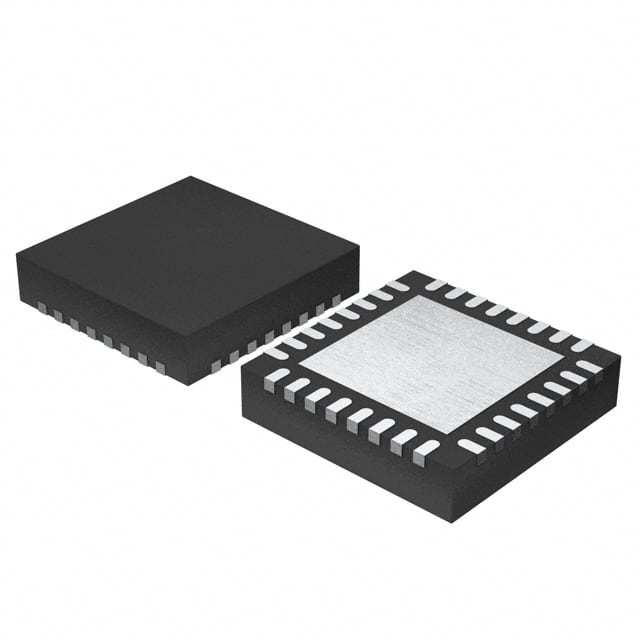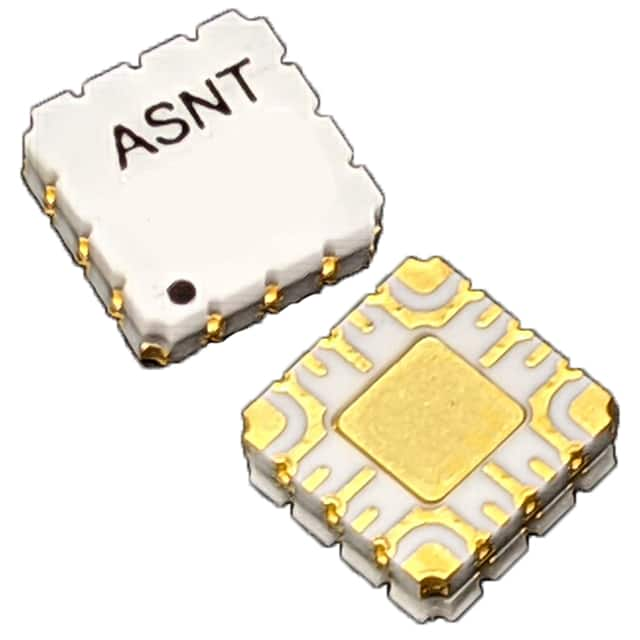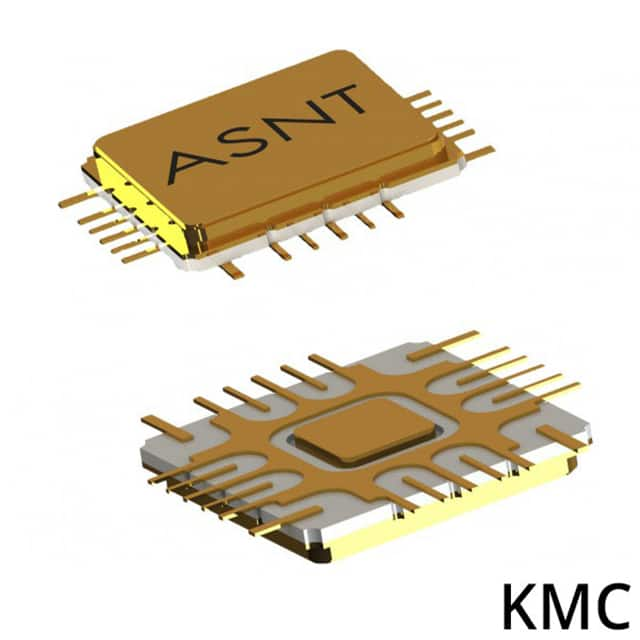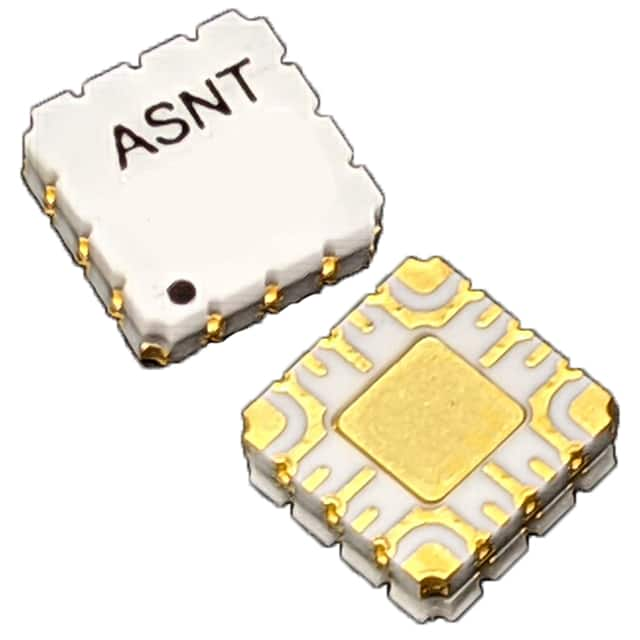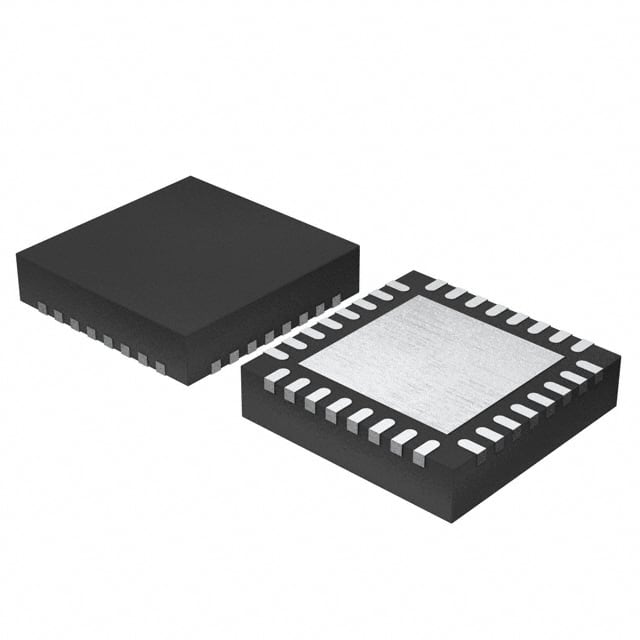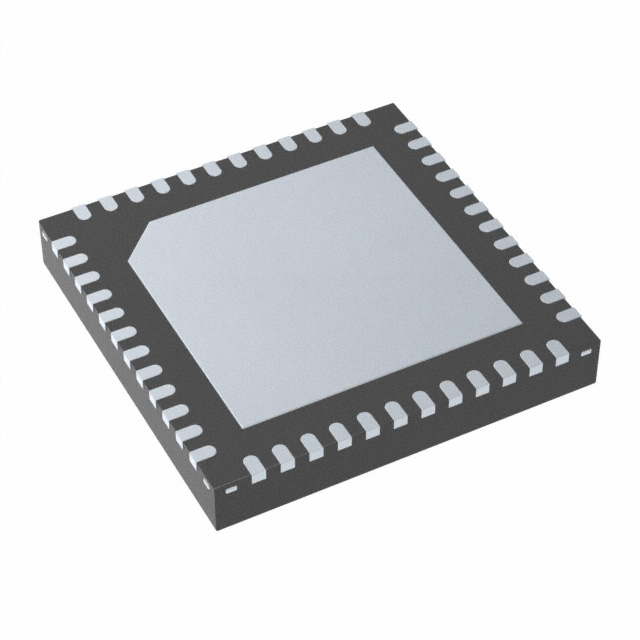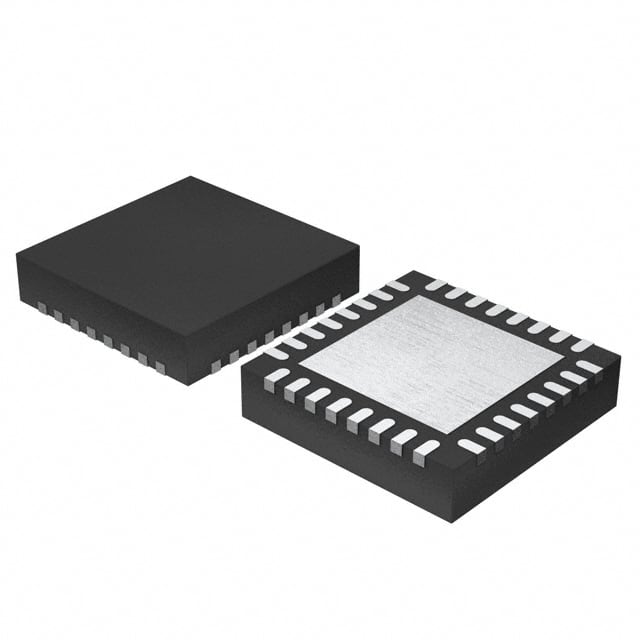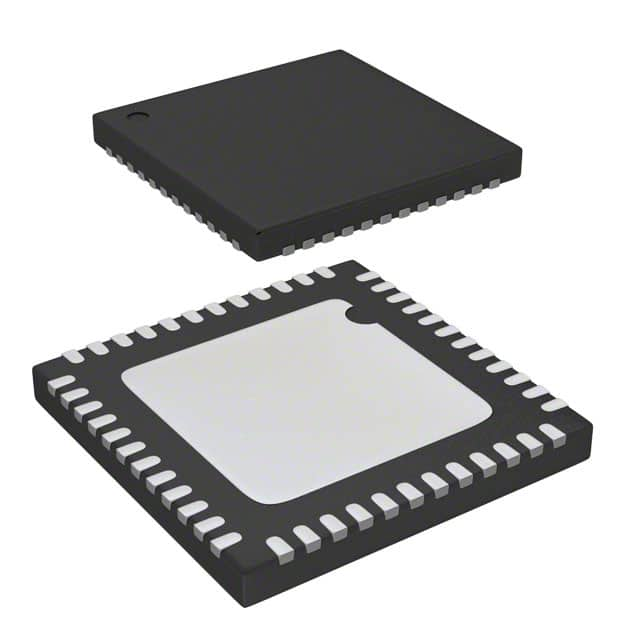SI5332B-D-GM1 Product Introduction:
Skyworks Solutions Inc. Part Number SI5332B-D-GM1(Clock/Timing - Clock Generators, PLLs, Frequency Synthesizers), developed and manufactured by Skyworks Solutions Inc., distributed globally by Jinftry. We distribute various electronic components from world-renowned brands and provide one-stop services, making us a trusted global electronic component distributor.
SI5332B-D-GM1 is one of the part numbers distributed by Jinftry, and you can learn about its specifications/configurations, package/case, Datasheet, and other information here. Electronic components are affected by supply and demand, and prices fluctuate frequently. If you have a demand, please do not hesitate to send us an RFQ or email us immediately sales@jinftry.com Please inquire about the real-time unit price, Data Code, Lead time, payment terms, and any other information you would like to know. We will do our best to provide you with a quotation and reply as soon as possible.
Introducing the SI5332B-D-GM1, the latest innovation from Skyworks Solutions Inc. This cutting-edge product is designed to revolutionize the world of wireless communication and connectivity. With its advanced features and versatile application fields, the SI5332B-D-GM1 is set to become an essential component in various industries.
One of the standout features of the SI5332B-D-GM1 is its exceptional performance. This high-performance clock generator offers ultra-low jitter, ensuring reliable and accurate data transmission. With a wide frequency range and multiple outputs, this product provides flexibility and compatibility with various systems.
The SI5332B-D-GM1 is also highly programmable, allowing for easy customization and integration into different applications. Its compact size and low power consumption make it ideal for space-constrained devices, such as smartphones, tablets, and wearables.
This product finds its application in a wide range of fields. In the telecommunications industry, the SI5332B-D-GM1 can be used in base stations, routers, and switches to enhance network performance. It is also suitable for use in automotive electronics, industrial automation, and consumer electronics.
Skyworks Solutions Inc. has a reputation for delivering high-quality and reliable products, and the SI5332B-D-GM1 is no exception. With its advanced features, versatile application fields, and exceptional performance, this product is set to redefine wireless communication and connectivity. Experience the future of technology with the SI5332B-D-GM1 from Skyworks Solutions Inc.
Clock Generators are circuits or devices used to generate stable and precise pulses of electrical signals. The clock signal generated by it provides a unified time benchmark for various electronic devices, ensuring that the components of the device can synchronize operations and actions.PLL (Phase Locked Loop and phase-locked Loop) is a kind of circuit is used to control the frequency and Phase. It can convert the frequency and phase of an input signal into the frequency and phase of another output signal to realize the synchronization of frequency and phase. Frequency Synthesizers are devices that use one or more standard signals to generate a large number of discrete frequency signals through various technical approaches. It can realize precise control and adjustment of frequency to meet the needs of different application scenarios.
Application
Clock Generators are widely used in computer chips, digital circuits, radio communication, audio and video equipment and other electronic equipment. The clock signal generated by it is the basis for the normal operation of these devices, ensuring the stable transmission and processing of data. PLL (phase-locked Loop) is mainly used to detect and track the frequency and Phase of the input signal and convert it into a stable output signal. It can change the frequency of the input signal to achieve a specific purpose, such as signal synchronization, frequency conversion, etc. Frequency Synthesizers generate a series of high-precision frequency sources with a certain frequency interval through synthesis technology to provide the required frequency signals for various electronic devices. It is widely used in applications requiring accurate frequency control, such as radar, communications, electronic countermeasures and other fields.
FAQ about Clock/Timing - Clock Generators, PLLs, Frequency Synthesizers
-
1. How does the output frequency of the PLL frequency synthesizer change?
The core of the PLL frequency synthesizer is to change the output frequency by adjusting the various components in the loop. The basic working principle of the PLL frequency synthesizer is to generate a stable frequency signal through the interaction of the phase detector, loop filter and voltage-controlled oscillator. When the output frequency needs to be changed, the control voltage of the voltage-controlled oscillator can be changed by adjusting the input signal or by an external control signal to adjust its output frequency.
-
2. Which is better, direct digital synthesis or PLL?
Direct digital synthesis (DDS) and PLL each have their own advantages and disadvantages. Choosing which one is better depends on the specific application requirements. DDS performs well in frequency switching speed and high resolution, while PLL has more advantages in phase noise and spurious performance.
The advantages of DDS include:
High frequency switching speed: DDS works in the digital domain. Once the frequency control word is updated, the output frequency changes accordingly, and the frequency hopping rate is high.
High resolution: Due to the large width of the frequency control word (such as 48bit or higher), the frequency resolution is high.
Flexibility: DDS can generate any desired waveform and initial phase, suitable for applications requiring a wide range of scenarios.
PLL advantages include:
Low phase noise: PLL excels in low phase noise and low spurious performance, suitable for applications requiring high stable frequency.
Wide frequency range: The upper limit of the PLL output frequency depends on the upper limit of the VCO, which can support a wider frequency range.
-
3. How does PLL increase frequency?
PLL (phase-locked loop) is usually used to increase or decrease the frequency of a signal. Increasing the frequency usually involves increasing the value of the feedback divider, while decreasing the frequency involves increasing or adjusting the gain followed by a divider.
 Lead free / RoHS Compliant
Lead free / RoHS Compliant



